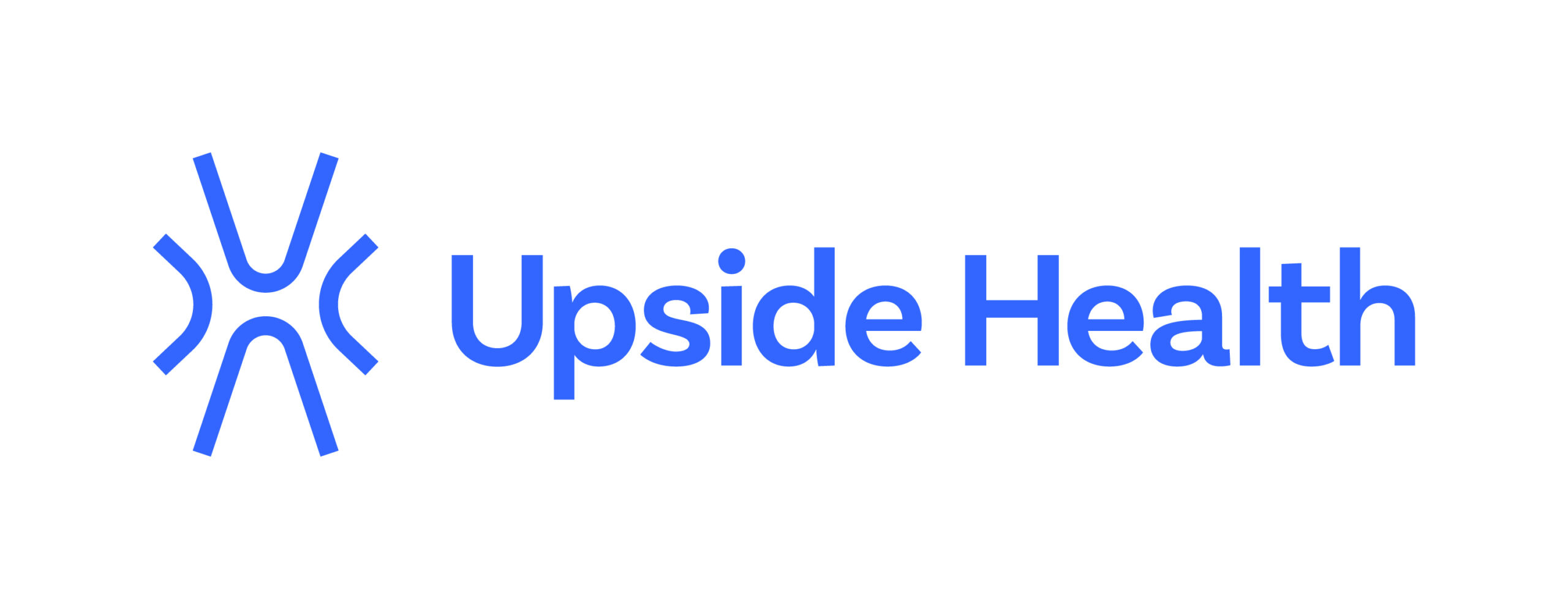In the world of healthcare, it’s typically hard to be first. Being first often means taking on increased scrutiny, increased risk and increased effort — all things not aligned with the culture or benefit of the modern day clinician and health system. Additionally, the early adopter does not reap any significant upside, financial or otherwise, for being first. As a result, except in the world of academic healthcare, innovation has largely struggled to gain footing.
However, in the case of integrating remote patient monitoring tools into clinical workflow, there is a clear advantage of being first. The way the codes were written by the Center for Medicare Services and have been deployed by CMS and private payers alike, RPM can only be billed by one provider per patient each month. Given the recurring nature of RPM, one provider will end up owning the monitoring life-cycle of a patient. This means, the earliest adopters of RPM will be the ones with the most financial windfall.
The codes, 99453, 99454 and 99457 can total approximately $115 in monthly revenue per patient, which for a specialty practice seeing 30 patients per provider daily, can lead to significant annual revenue of upwards of $250,000 a month. While there traditionally is some degree of overhead for integrating any new technology, when looked at from a purely economic standpoint, it takes very little to become cash-flow positive from developing a relationship with an RPM provider, particularly one like Branch Health. There is neither expensive hardware, nor complicated integration.
This ease of system entry and cost benefit says nothing to the enormous value brought from an outcomes and provider burden perspective that introducing this technology providers. By offering patients insights into their daily updates regarding their condition, helping them set functional treatment milestones and then delivering this regularly to providers, clinicians and staff are increasing patient accountability, engagement and experience. Numerous studies have drawn a strong correlation between compliant, engaged patients with chronic illnesses and better outcomes. Also, chronic pain patients traditionally require a great deal of non-billable support and time for their care providers due to the complex nature of their conditions. Tools that offer patients external opportunities for encouragement can, when done correctly, create an incredible self-sustaining ecosystem and reduce the constant emotional support requirements of clinical staff. It also frees up time for urgent care and enhances the value of patient visits.
Innovation should optimize healthcare, not impede it. These latest codes and an embrace of remote care and patient engagement should greatly improve the systems for both patients and providers.



